Earth and Environment
Explore Earth and Environment

Dr James Fenton | Why We Should Question Reforestation in the Scottish Highlands
The Scottish Highlands are known as an area of great natural beauty. One notable aspect of the area’s ecology is the relative lack of trees and woodland. In recent years, there have been concerted efforts to introduce more trees. However, Dr James Fenton argues that this fundamentally misunderstands Scotland’s environmental history, imposes southern ideas on the northern landscape, and risks undermining the unique ecology of the Highlands.

Multiverse of Madness: A Social-Ecological Tipping Point Analysis
Humans have driven dramatic environmental changes – most of which have a negative impact on us and other species. Today, we can only understand ecological systems by integrating the impacts of human activities, driven by our social systems. These social-ecological systems are dynamic, consisting of feedback loops and several interacting sub-systems – such as forests and agricultural production. The resilience of these systems is dependent on diversity – be it ecological or social. Beyond a certain point, a sub-system may cross a tipping point that changes the state of the whole system, potentially irreversibly, ushering in a new social-ecological state, which is typically less favourable than the former state. In recent research, an international team of experts has developed an advanced analytical framework to examine the tipping points within the social-ecological multiverse of the Southwestern Amazon.

Dr Jay Mellies | Using Hungry Microbes to Devour Plastic Pollution
Plastic pollution is accelerating the destruction of our planet. Discarded plastic can be found in the remotest areas – from the highest mountain tops to the deepest ocean trenches. As many types of plastic take hundreds of years to break down, finding better solutions to the plastic crisis is vital. In recent research, Dr Jay Mellies from Reed College in Oregon examines the ability of microbes to break down mixed-plastic waste.

Dr Ari Jumpponen | Exploring How Soil Fungi Respond to Drought
Both the frequency and intensity of droughts are forecast to increase in climate change predictions. It is well established that plant communities are sensitive to drought conditions, having implications for agriculture, forestry, and wild habitats. Despite the close association between soil fungi and plants, our understanding of how fungal communities respond to drought remains incomplete. To build this understanding, Dr Ari Jumpponen and his colleagues at Kansas State University used a combination of pure culture- and DNA-based techniques to study soil fungal communities exposed to chronic drought conditions.

Dr Gita Kolluru | Dylan Lanser | Dr Larisa Vredevoe – Reproductive Consequences for Tick-Infested Lizards
Each year, male Western fence lizards bob, charge, and battle rivals for a chance to win mates. For many of them, tick infestations threaten to hinder their best efforts by harming the lizards’ health. But just how harmful is tick parasitism for these unfortunate lizard hosts? In their recent research, Dylan Lanser, Dr Larisa Vredevoe, and Dr Gita Kolluru at California Polytechnic State University aimed to answer this question by staging contests between tick-free and tick-infested lizards.

Dr Rok Kostanjšek | Revealing the Olm Salamander’s Secrets to Advance Biomedical Research
The genetic secrets to extraordinary longevity, superhero-like healing and regeneration, and resistance to feeding disorders could be found hidden within the Earth. In underground caves in Dinaric Karst along the Adriatic Sea in the Western Balkans lives a cave salamander, the olm, whose remarkable adaptations mean its genome holds great promise for biomedical research. Dr Rok Kostanjšek and an international team of scientists at the Proteus Genome Research Consortium are tackling the challenge of sequencing the huge olm genome, to provide the basis for studying its unique genetic characteristics.
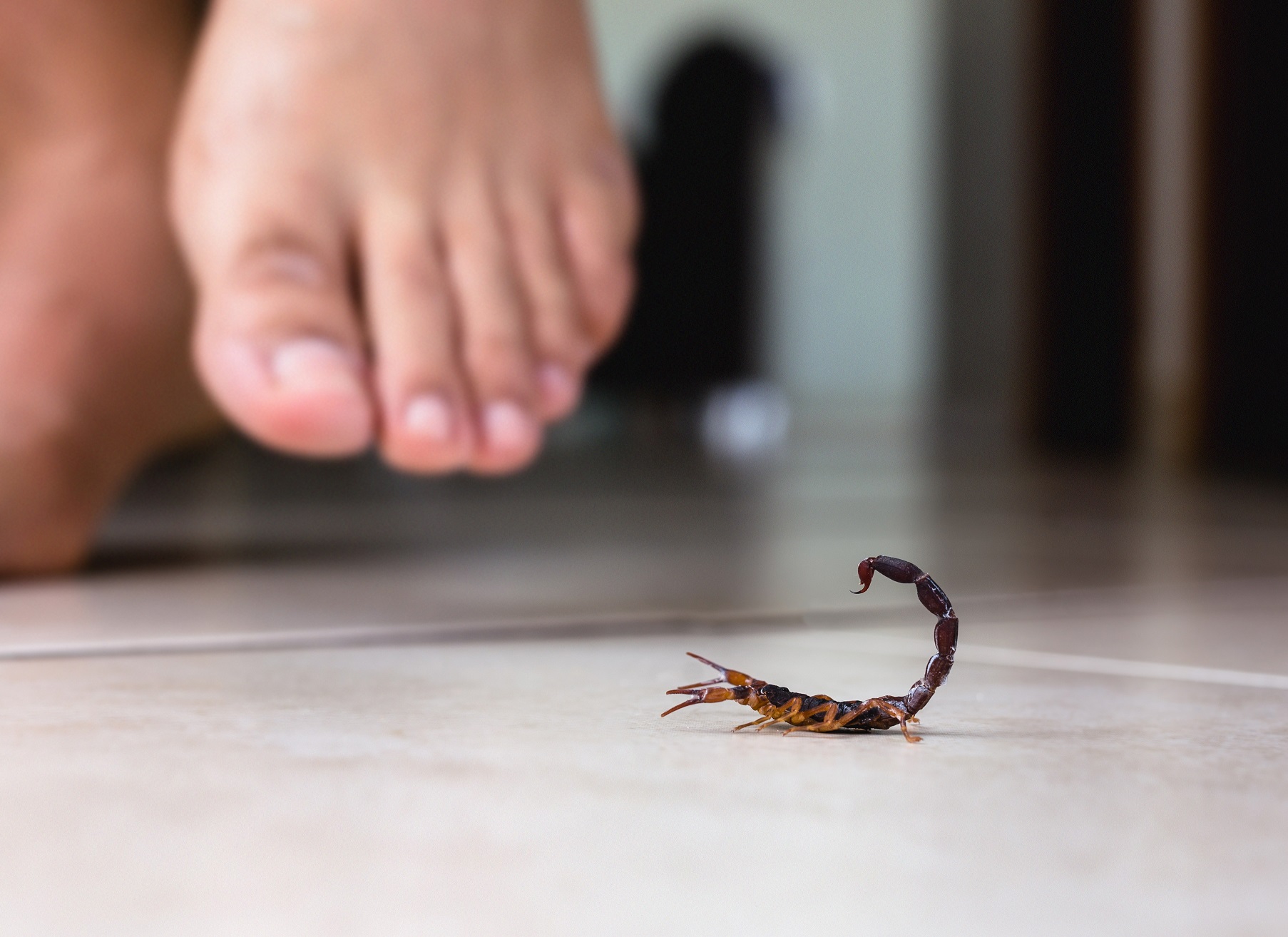
Dr Daniel Suiter – Dr Brian Forschler | Identifying and Preventing Arthropod Encounters in South-eastern USA Homes
Arthropods – a group of invertebrates that includes insects, spiders, centipedes and woodlice – are everywhere, and have inhabited this planet for millions of years. They are found in most habitats on Earth – including our gardens and homes. It is in these built environments that a small number are considered a nuisance when sharing our ‘sacred space’. An even smaller number damage buildings or belongings, eat our food – even feed on us – so we label them… pests! Successful management of pest populations requires an understanding of their specific lifestyles and their requirements for food, water, shelter, breeding sites, and favourable temperatures. A team of entomologists at the University of Georgia recently published a guidebook of more than 100 arthropods found in and around homes in the South-eastern USA.
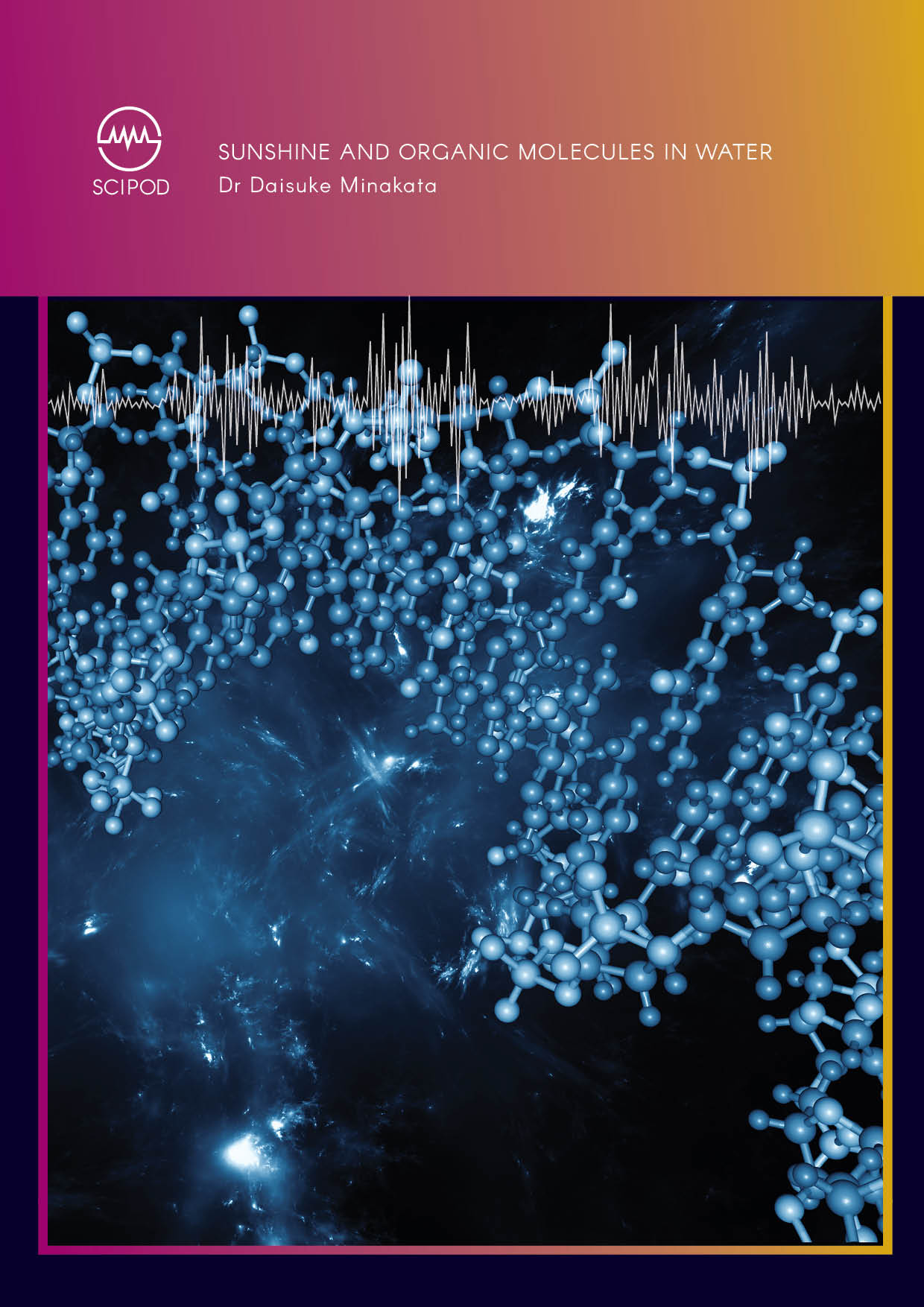
Dr Daisuke Minakata | Sunshine and Organic Molecules in Water
Organic molecules dissolved in rivers, lakes, seas and oceans are essential to plant and animal life. Some of these molecules are also degraded and enter a complex cycle of carbon, nitrogen and sulphur containing compounds. Surprisingly, scientists currently have a limited understanding of the fate of these molecules. Dr Daisuke Minakata and his colleagues from Michigan Technological University are involved in an ambitious programme to overcome this critical knowledge gap.
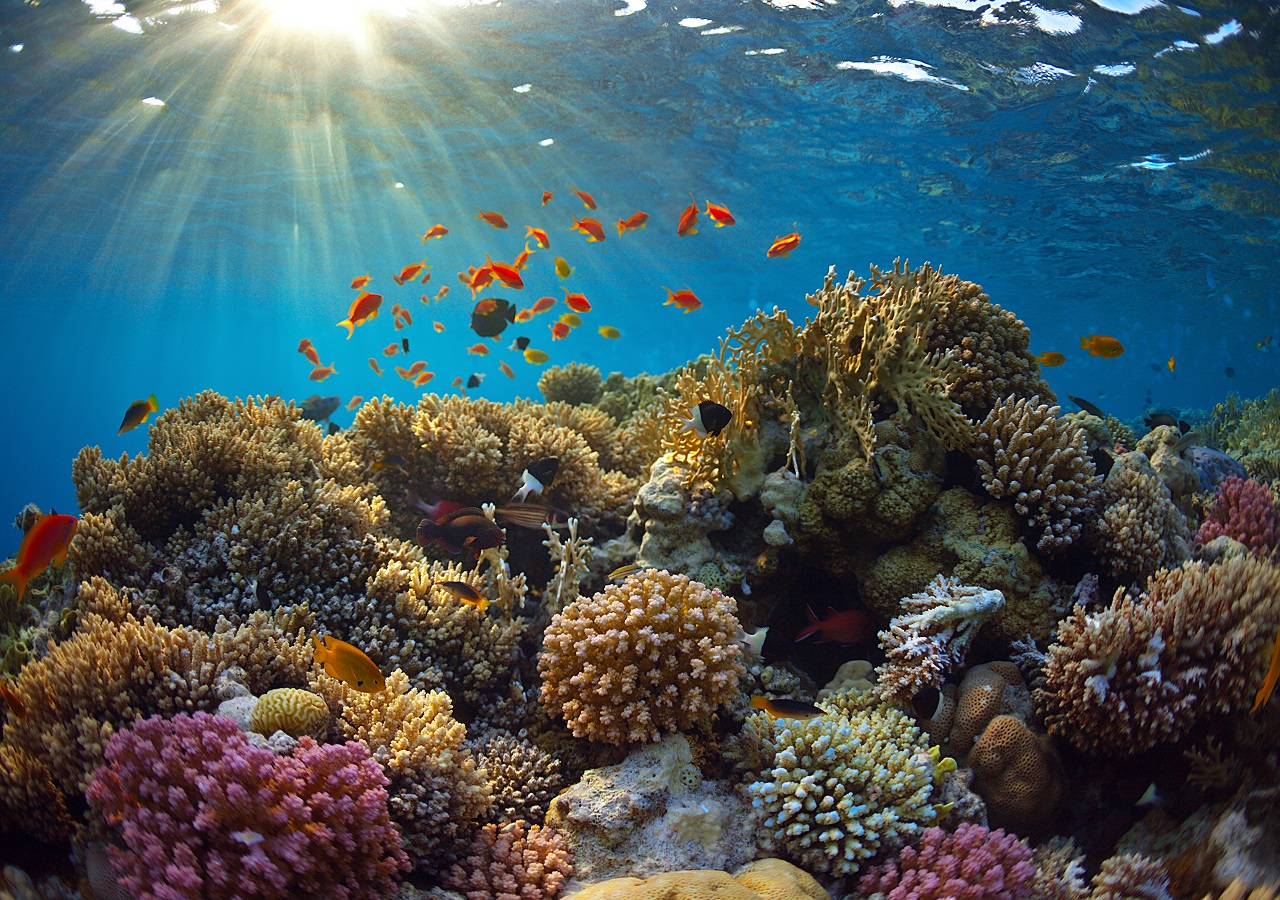
Dr Talicia Pillay | Machine Learning Meets Marine Conservation
Our planet’s oceans are undergoing significant challenges. Overfishing, pollution, habitat destruction, and the effects of climate change are devastating some of the world’s most spectacular and diverse habitats. To inform conservation efforts for fragile marine ecosystems, we need to properly characterise the habitats and sea-life in shallow water areas. Collecting data underwater poses its own unique challenges though, so Dr Talicia Pillay and her team at Nelson Mandela University in South Africa focus on developing powerful remote sensing and computing technologies to aid ocean research.
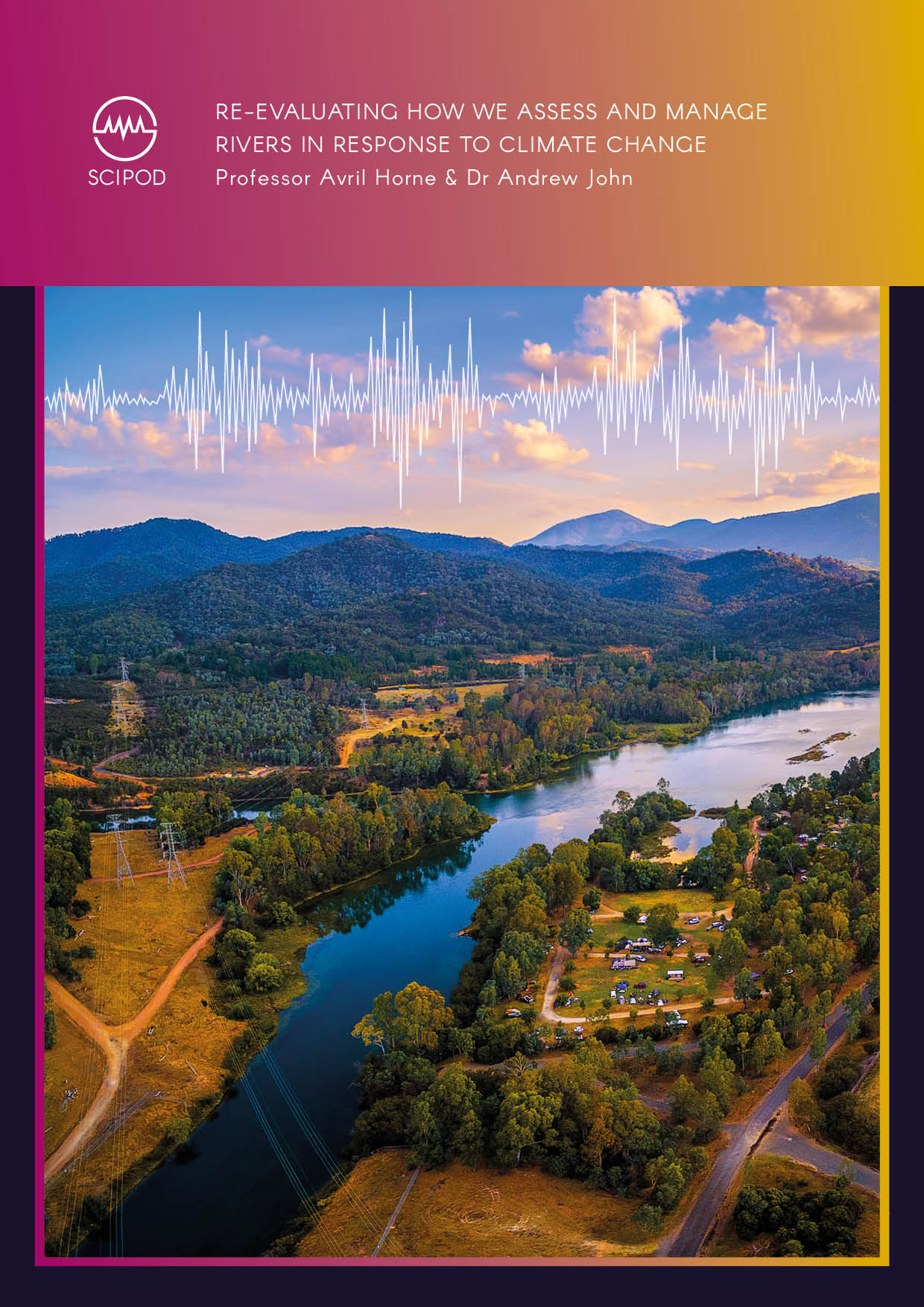
Professor Avril Horne – Dr Andrew John | Re-evaluating How We Assess and Manage Rivers in Response to Climate Change
Understanding and successfully managing river flows is vital for sustaining human communities, the river environment, and its ecosystems. However, the methods currently used to assess river flow needs are limited in the face of increasing pressures from an uncertain and changing climate. Academics at the University of Melbourne are rethinking the approach to these assessments. This includes work by Professor Avril Horne, Dr Andrew John and their collaborators to present a more integrated and holistic method, which provides much-needed room for learning over time, and to understand the vulnerability, robustness, and adaptability of river flow regimes.
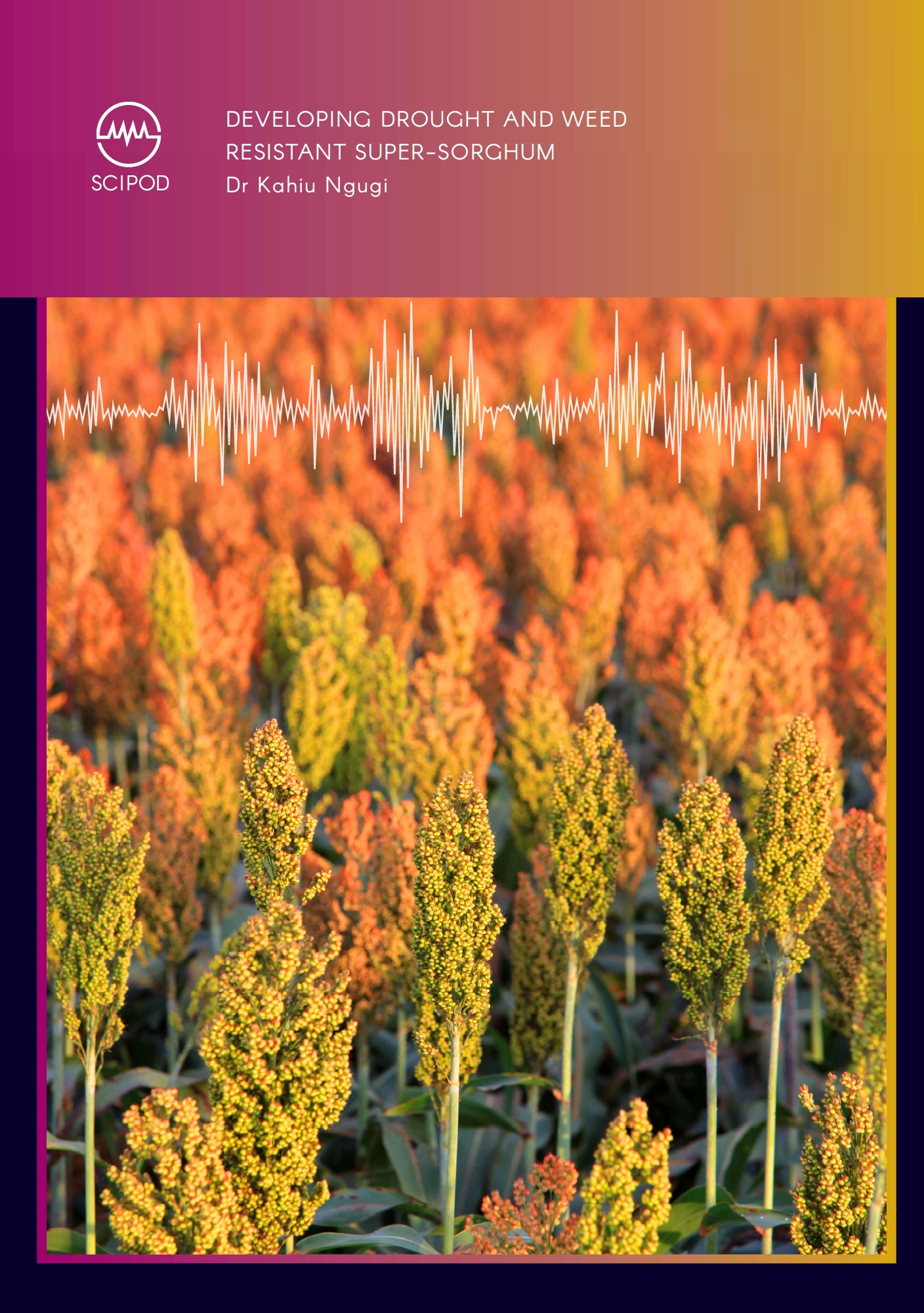
Dr Kahiu Ngugi | Developing Drought and Weed Resistant Super-Sorghum
Future food security is one of the key global challenges facing society. Climate change presents significant threats to our ability to produce staple food crops – particularly in regions already vulnerable to droughts. Dr Kahiu Ngugi and his research team from the University of Nairobi and other institutions in Kenya investigated numerous varieties of sorghum – one of the world’s most important cereal crops. Their aim was to find new genes that would allow the crop to withstand both drought and a common parasitic weed.
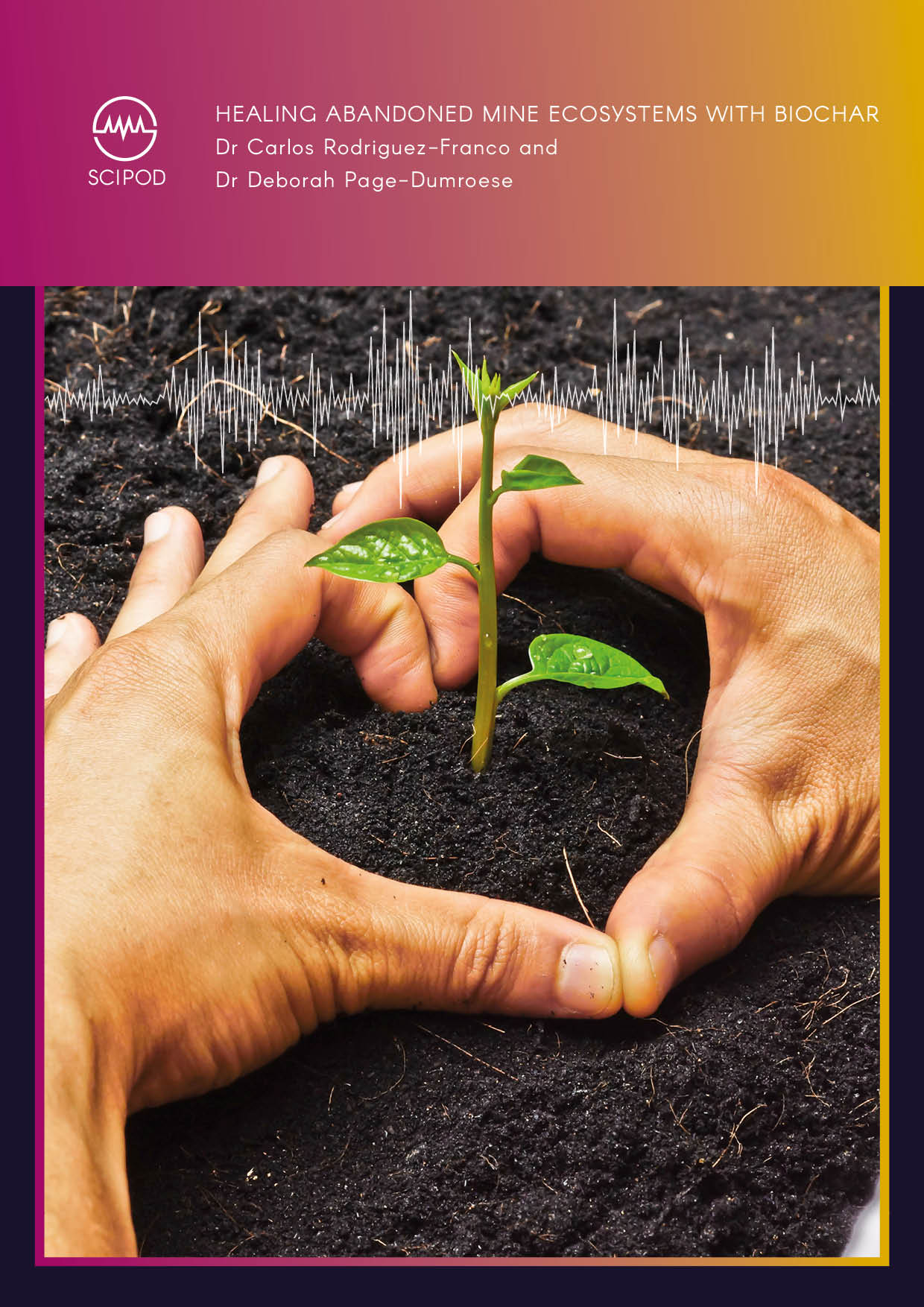
Dr Carlos Rodriguez-Franco | Dr Deborah Page-Dumroese – Healing Abandoned Mine Ecosystems with Biochar
The Gold Rush of the 1800s is inextricably tied to USA history. Mining towns popped up wherever precious metals could be extracted, with many of these towns and mines now lying abandoned as ghostly reminders of the old wild west. Abandoned mine land poses a threat to environmental and human health, and methods to rehabilitate this land has gathered much interest over the past few years. Dr Carlos Rodriguez-Franco and Dr Deborah Page-Dumroese from the US Department of Agriculture have been evaluating the use of biochar as a sustainable method to remediate abandoned mine lands.
Increase The Impact Of Your Research!
Explore partnership opportunities
Unwind without the hassle. Enjoy fresh audiobooks, delivered free!
